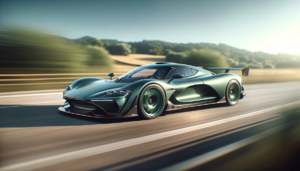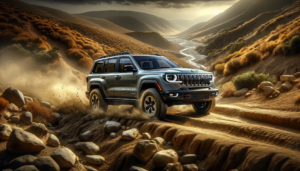Global Sedan Market Dynamics: Why the BYD Seal is a Game Changer
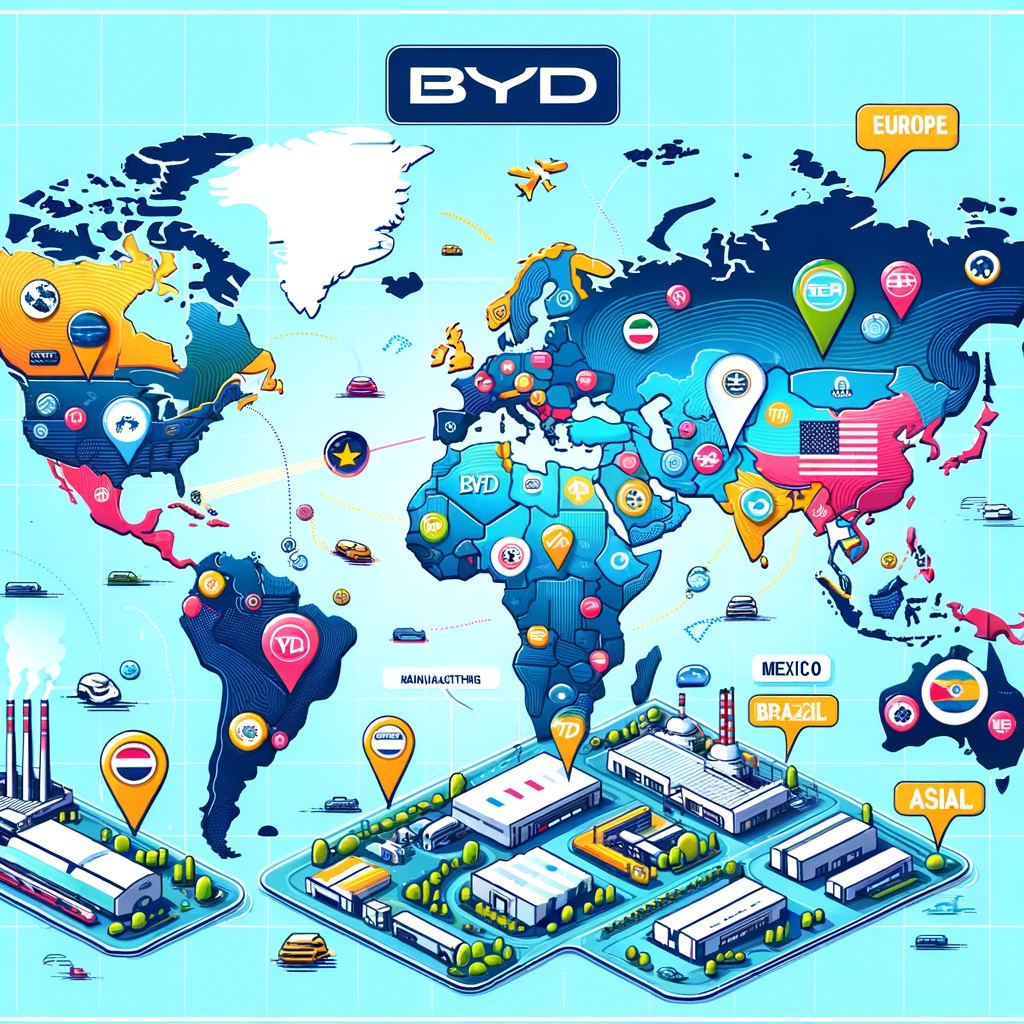
While sedans may have cooled off in the U.S., globally, they’re a different story.
Enter the 2024 BYD Seal, a sedan that’s shaking up the market and directly challenging the Tesla Model 3’s dominance.
At its launch in Mexico, BYD executives didn’t shy away from comparing it to luxury sport sedans like the BMW M3.
After a day on Mexico City’s highways, it’s clear: BYD is not just competing; it’s threatening Tesla’s EV throne.
BYD Seal’s Performance and Design: A New Benchmark in EVs
The BYD Seal’s performance is impressive.
The dual-motor, all-wheel-drive model boasts a 0 to 62 mph sprint in just 3.8 seconds, with a range of 323 miles on a single charge, thanks to its 82.6-kWh battery.
The rear-drive base model, while slightly less powerful, still impresses with a 285-mile range and a 0 to 62 mph time of 7.5 seconds.
Our test drives, particularly in the RWD model on Mexico’s winding roads, revealed a vehicle that could give the Tesla Model 3 and other European brands a serious competition.
BYD: From Phone Batteries to EV Pioneers
BYD’s journey from a phone battery manufacturer to an automotive disruptor is remarkable.
As the world’s leading EV and PHEV producer, BYD has pivoted to focus exclusively on these cleaner technologies.
Though they have yet to penetrate the U.S. passenger vehicle market, their presence in Europe, Mexico, Brazil, and across Asia and the Americas is expanding rapidly.
Interior Design and Features: Where Luxury Meets Technology
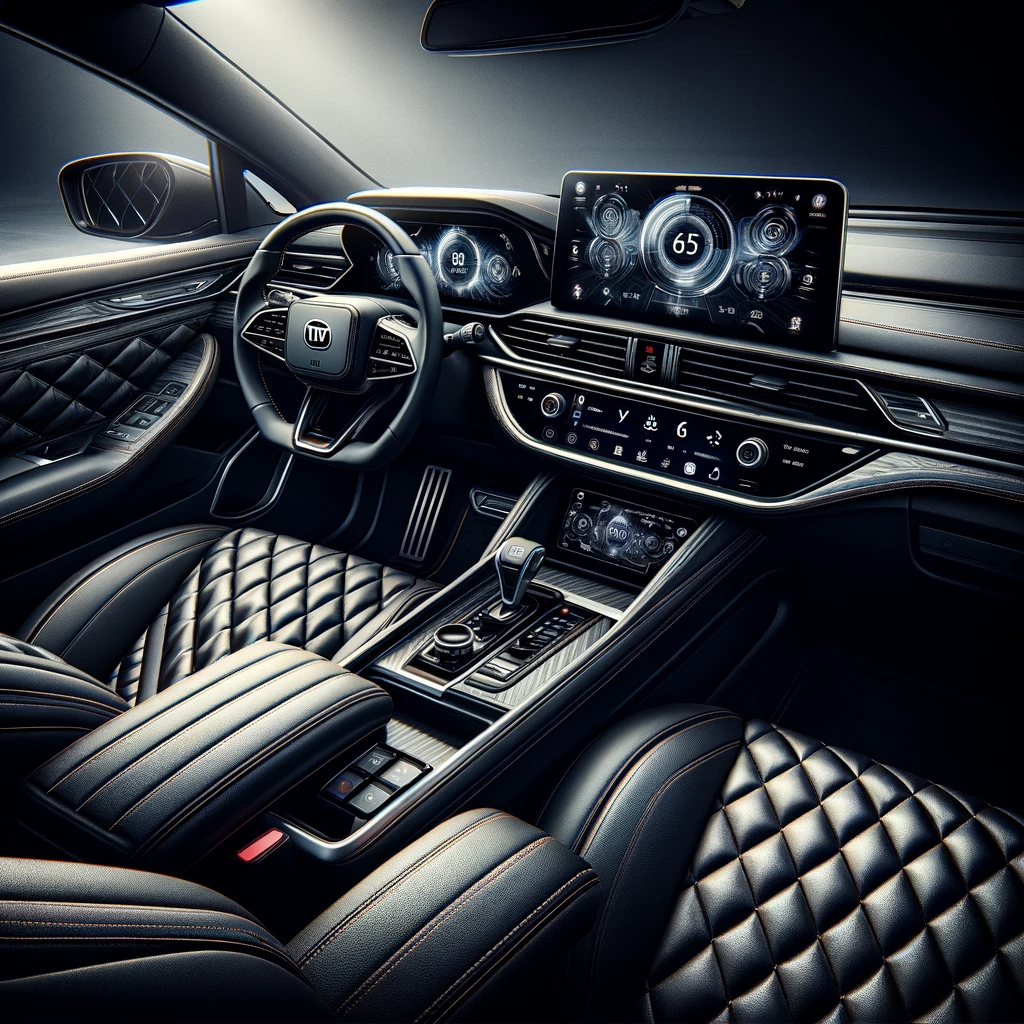
The BYD Seal’s interior is a blend of luxury and tech. The standout feature is a 15.6-inch touchscreen, adaptable for landscape or portrait use.
A digital instrument cluster and, in AWD models, a head-up display, add to the high-tech feel.
The cabin oozes luxury, from quilted leather seats to suede door panels, and a spacious design thanks to an EV-specific architecture.
BYD Seal as a Sport Sedan: A Real Contender
The BYD Seal isn’t just competing with the Tesla Model 3; it’s aiming at the heart of the sport sedan category.
The dual-motor version offers 523 hp and 494 lb-ft of torque, surpassing the 2023 Tesla Model 3 Performance.
Its linear power delivery, impressive grip, and solid chassis make it a worthy adversary to the likes of BMW M3 and Mercedes-AMG C43.
Driving Experience: Comfort Meets Performance
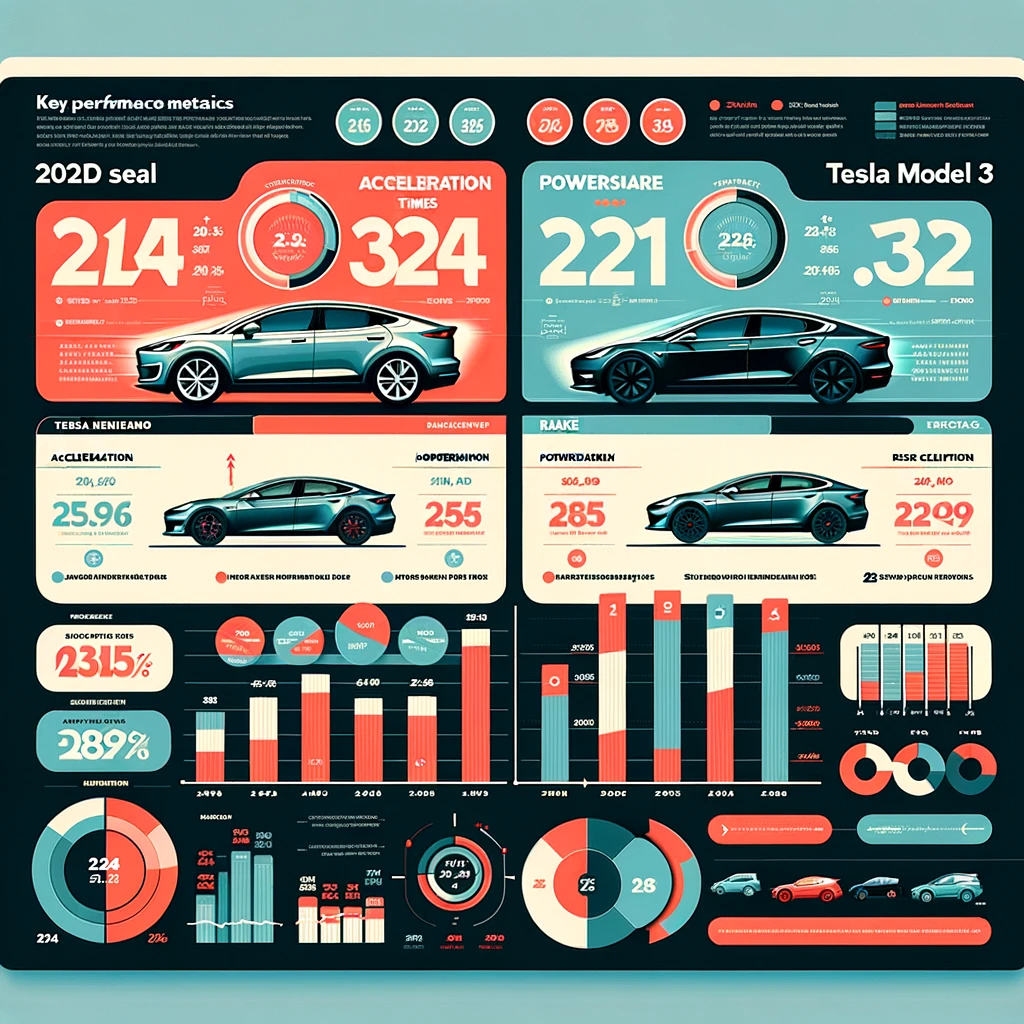
Driving the rear-drive Seal revealed a different but still enjoyable experience.
Its 201 hp and 229 lb-ft of torque are adequate, and its low center of gravity and minimal body roll make for a confident and comfortable drive, even on less-than-ideal road surfaces.
The steering, however, could be improved for a sportier feel.
BYD Seal vs Tesla Model 3: A Close Contest
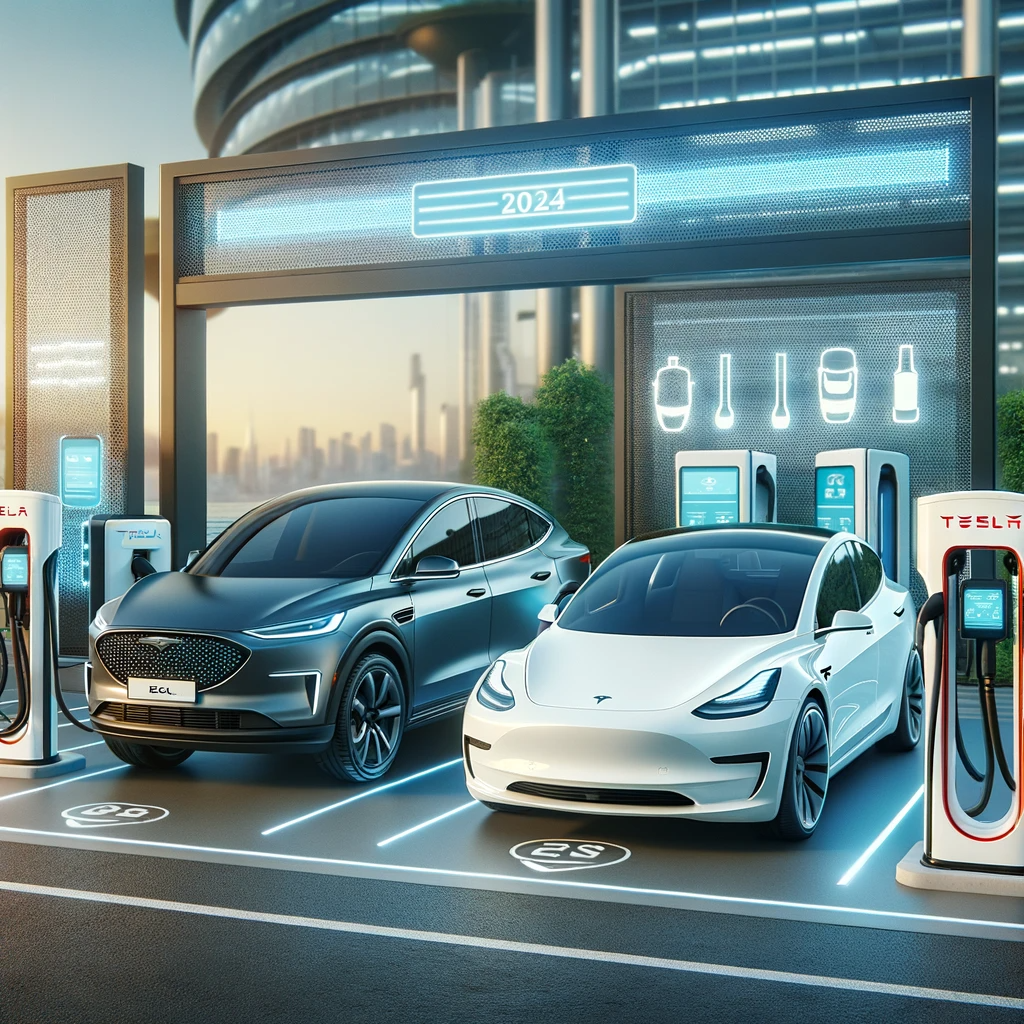
The BYD Seal is set to elevate the brand to new heights on a global scale.
While a direct comparison with the Tesla Model 3 is pending, the Seal’s features, performance, and pricing make it a strong contender in the EV market.
Its charging time is competitive, though Tesla’s Supercharger network remains a significant advantage.
Pricing and Availability: A New Value Proposition in EVs
The Seal’s pricing in Mexico undercuts the Model 3, offering a compelling value proposition.
The AWD variant, in particular, stands out for its balance of performance and luxury.
However, for U.S. consumers, the BYD Seal remains an elusive option, at least for now.
In summary, the 2024 BYD Seal emerges as a formidable challenger in the EV sedan market, directly taking on the Tesla Model 3 and even encroaching on the territory of established sport sedans.
With its combination of performance, luxury, and technology, the BYD Seal is not just a competitor; it’s a harbinger of the changing landscape in the global EV market.


